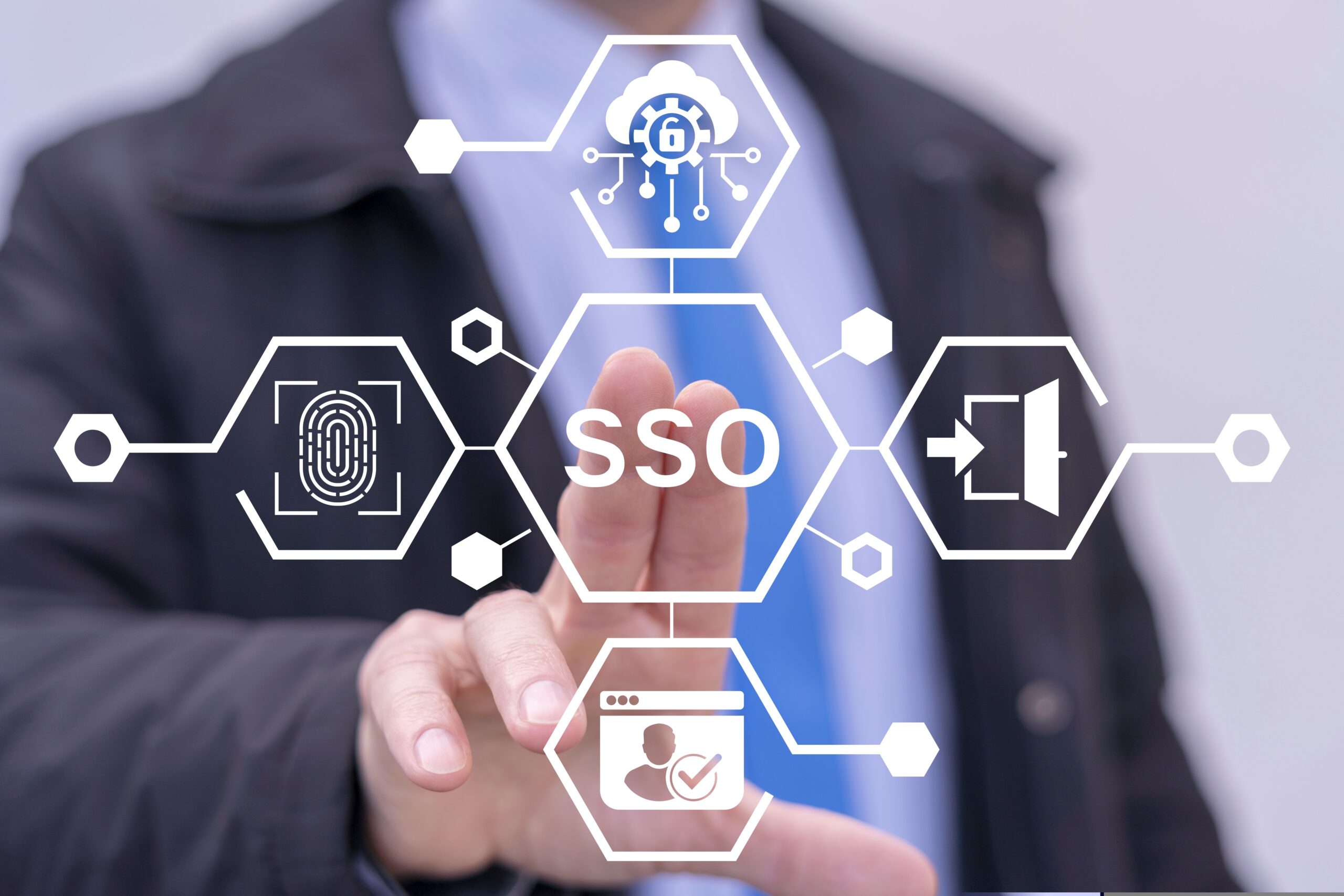Climate resilience planning is a critical concern for organizations in almost every industry. Climate change continues to impact areas like procurement and materials sourcing, supply chain and logistics, supply, and demand. Business sustainability concerns arise when any of these functions are affected. Environment, Health, and Safety (EH&S) and Environmental, Social, and Governance (ESG) are closely interconnected with climate resilience planning. However, many organizations fail to connect the two functions effectively, resulting in organizational risk. Companies can achieve meaningful change and reduce risk by prioritizing alignment between EH&S and ESG, resulting in more effective climate resilience planning.
Risks and Rewards of EH&S and ESG Alignment
Today, issues around climate impact are increasingly aligned with a company’s brand and reputation. Consumers prioritize brands that strongly commit to sustainability and lower negative environmental impact methods of production, and investors feel the same. Companies that practice what they preach and can also back up their claims with verifiable data will always come out ahead.
The correlation between EH&S and ESG plays into the broader scope of operations and contributes greatly to a company’s growth and potential. EH&S covers the tools and resources necessary to keep employees safe and healthy while at work. ESG policies aim to protect the overall environment (and everyone who lives in it) from the inherent damage that comes with day-to-day business functions. In a lot of ways, one plays into the other, as employees working safely and well generally indicates a concern for the sustainability of a business and the people who contribute to it and the surrounding environment. When aligned, the organization gains agility and resilience. Failure to do so often wastes time and resources, not to mention putting business continuity at risk.
With mandatory ESG reporting frameworks on the near-term horizon, EH&S can assist this process by sharing data and metrics that inform ESG disclosures. Working together, ESG and EH&S may be more easily able to identify solutions that satisfy shared objectives, while helping to achieve climate resilience in anticipation of climate-related events that could adversely impact business operations. With both factions aligned, awareness increases, enabling systemic change that resonates throughout the organization.
Tips to Achieve EH&S and ESG Alignment
Strong EH&S and ESG policies must be established at a fundamental level before integration can occur. From a climate standpoint, organizational alignment is paramount, so policies must become part of a company’s DNA and championed at the highest levels of leadership.
1. Environmental
Monitoring and controlling greenhouse gas emissions (GHG) are essential to quantifying a company’s carbon footprint. Waste management, water management, and energy management policies can all be informed by EH&S. While precise measurement and data collection occur under the ESG umbrella, employees should be trained and aware of strategies to reduce these numbers.
Here are a few practices that straddle ESG and EH&S and can positively influence a company’s overall carbon footprint:
- Going paperless
- Recycling, composting, and waste reduction programs
- Banning single-use plastics on company property
- Educating staff on reducing water usage
- Prioritizing natural light to reduce electricity dependence
- Installing alternative energy systems, such as solar
- Converting company fleets to biodiesel or electric
Structural considerations for company property can also increase resilience and positively affect both EH&S and ESG frameworks. For example, more trees and vegetation around buildings help cool surfaces, reducing the need for indoor air conditioning. Increasing green canopy cover has been proven to reduce internal air temperature by up to 4.3 degrees.
Similarly, green infrastructure, such as choosing building materials that increase solar reflectivity, results in cooler buildings, lower energy usage, and reduced GHG emissions.
2. Organizational
Climate resilience planning combines vision with strong contingency strategies, training, and communication to reduce risk and increase stability against projected and unexpected climate events. Most businesses operate on an “as-usual” premise, and, considering historical events and past threats, this mode does not always adequately account for the impact of climate change and extreme weather.
Climate change is rightly seen as a threat multiplier, increasing known risks. Disaster recovery planning (DRP) is an essential practice that informs every aspect of business operations and should be detailed enough to include the following:
- Alternative transportation modes in supply chain operations
- Backup supply and distribution chains
- Off-site (cloud-based) servers, storage, and computing power for all mission-critical systems
Though what may happen in the future is anybody’s guess, any opportunity to address potential risks, become more cost-efficient, or increase safety plays into the bigger picture.
Supporting Alignment Efforts
Once the abovementioned metrics are achieved, a cultural shift is the last piece of the puzzle. For any climate resilience planning to truly succeed, adequate training and reinforcement of company values relating to this initiative must be ongoing, and all stakeholders must embrace the changes to ensure alignment with the goal. Establishing EH&S and ESG frameworks and policies is the first step. EH&S management software exists that offers on-board ESG modules to assist with the setup and alignment processes, providing a solid basis for compliance while reducing risk and protecting the organization—and people—who would utilize it; however, implementing such a solution will only be successful when combined with a steadfast commitment to constant improvement. Companies that pursue ongoing measurement and risk evaluation will be the most resilient when it comes to climate change adaptation.
Publisher Bio
The SafetyStratus Research Advisory Group (RAG) brings together thought leaders from the global environmental, health, and safety community to promote best practices and provide key insights in the profession and the industries they serve. The Research Advisory Group also advocates, where practical, the intersection of and advances with the use of technology, such as the SafetyStratus enterprise EHS software platform. Group membership consists of representatives from across varied disciplines and market sectors as well as select members of the SafetyStratus team.
The primary objectives of the SafetyStratus RAG partnership are to:
- Build a strategic partnership between EHS practitioners and the SafetyStratus team.
- Provide engaging and practical content to the global EHS community.
- Provide discipline and market feedback specific to SafetyStratus products and services.
While the objectives of the RAG are varied, the primary public-facing outcome will be available through engaging and practical content found on the SafetyStratus resource pages. Various articles, papers, and other valuable resources will be produced and shared as part of an ongoing effort to cultivate a robust community. Ultimately, the SafetyStratus RAG will expand to have a broader reach and provide opportunities for more inclusion by all interested EHS professionals in a collaborative community environment.



